Apple is expected to announce iOS 15 later this year and, when that happens, there are a few features the company should add to make its next software release just as memorable as the last one. 2020 was a huge year for Apple, with iOS 14 being a big reason for that. A lot of people had been complaining for years that iOS was feeling stale and boring. With iOS 14, Apple addressed many of the top complaints head-on, adding widgets, better home screen customization, a proper app list, and a lot more.
The major design changes in iOS 14 lined up perfectly with the iPhone 12 series, which debuted with its own aesthetic updates. While the 12 and 12 Pro still very much look like iPhones, Apple’s decision to bring back sharp and flat edges was a great change of pace following years of a smooth and rounded aesthetic. From both a software and hardware perspective, 2020 managed to make the iPhone exciting again.
It’s now 2021, however, and rumors have it that the iPhone 13 will be a year of subtle refinement. There should be technical upgrades to the processor, display, and camera, among other things, but the overall look and feel of the iPhone 13 series is expected to be similar to its predecessor. The software Apple ships with its new iPhones is just as important as the hardware itself and, for iOS 15, Apple would be smart to follow a similar strategy. Last year saw lots of major change, and for this year’s iOS release, focusing on refining some of those things to make them even better is a guaranteed recipe for success. As the release of iOS 15 inches closer and closer, here are five features that would really help it stand out as something special.
Expanded Home Screen Customization
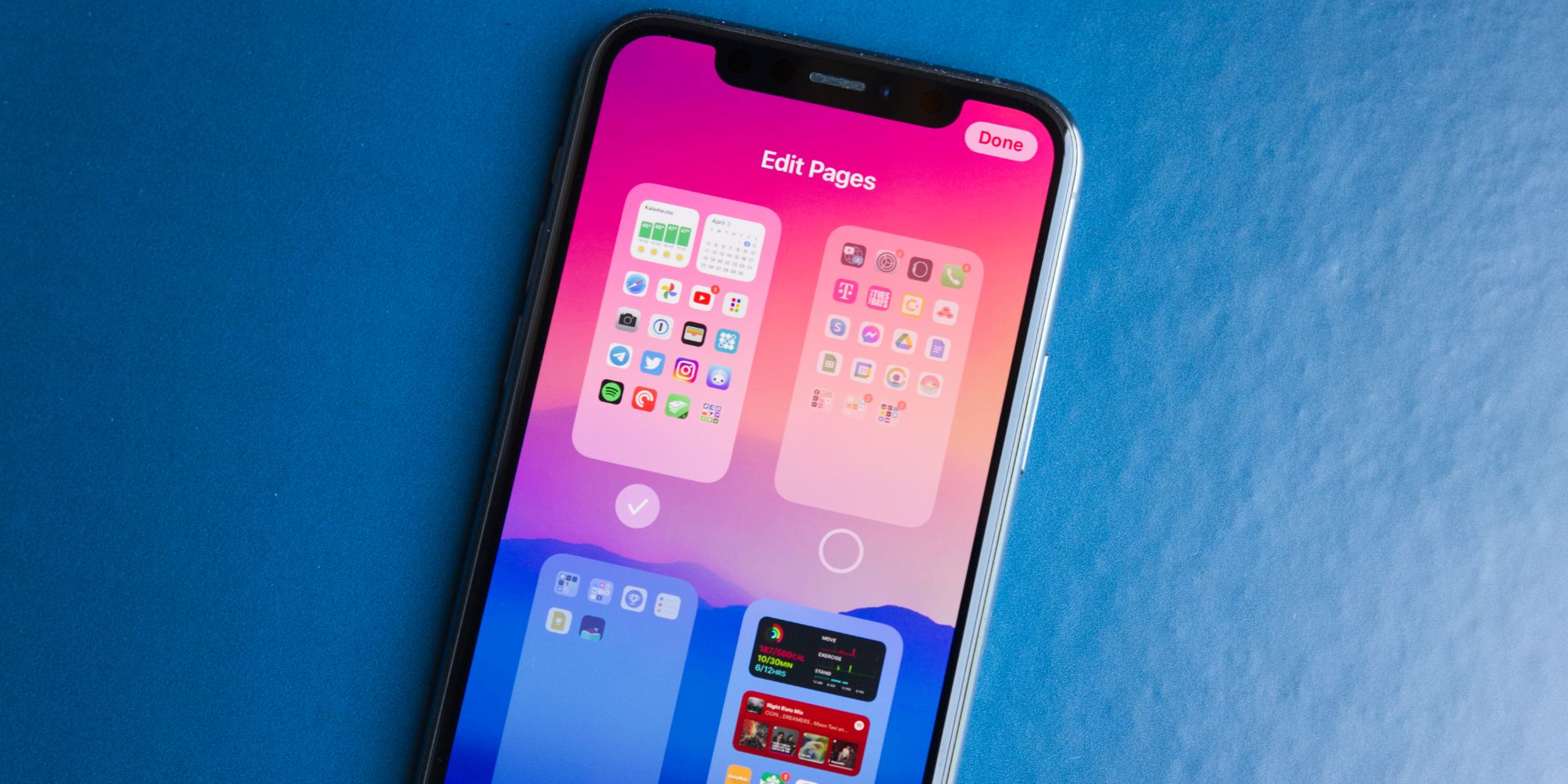
iOS 14 made iPhones more customizable than ever before, giving users the option to add widgets, hide unwanted home screens, and use the App Library as a way to view all installed applications. Users also found workarounds to get even more customization options, such as using Siri Shortcuts to create custom app icons. With iOS 15, Apple has room to expand on these things greatly.
For starters, it would be amazing if Apple finally let users place apps and widgets anywhere they want on their home screens. Apps and widgets still need to abide by iOS’s restrictive placement rules, meaning if someone wants to have two rows of app icons at the bottom of their screen, widgets at top, and nothing in the middle, that just isn’t possible. It such a simple feature request, but for whatever reason, Apple has yet to implement it.
Going back to custom app icons, iOS 15 should make these a fully integrated feature rather than a hacky workaround. Using custom icons with Siri Shortcuts is fine, but Apple should go a step further by officially supporting third-party icon packs — just like Android has for years. It would support developers that want to create them, make it easier for iPhone users to personalize their home screen, and drive more traffic to the App Store for people looking to download new icon packs. It’s a win-win-win all around.
More Interactive Widgets
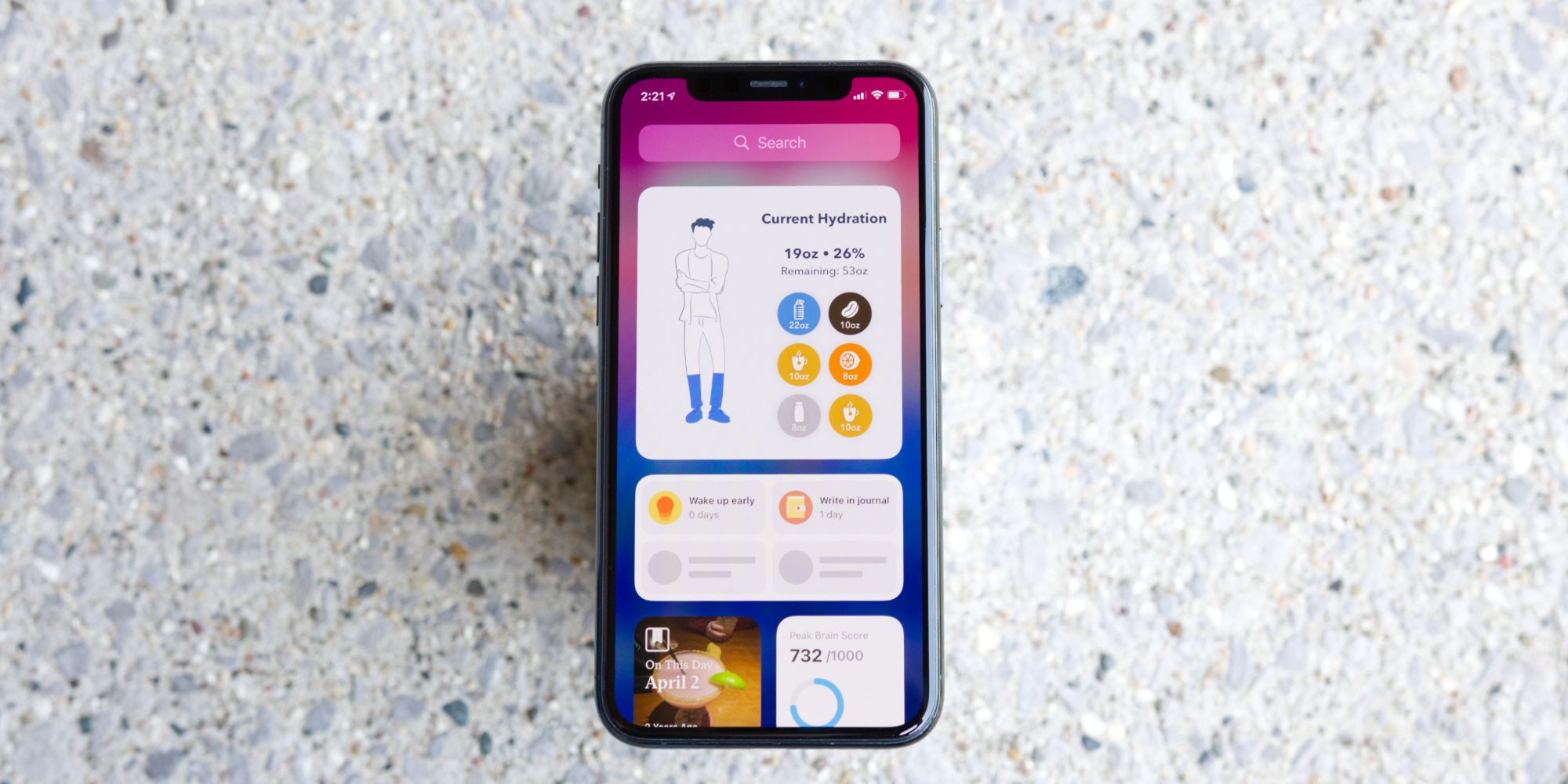
Speaking of widgets, iOS 15 is the perfect opportunity for Apple to make them more useful than they are in their current form. While iOS widgets look fantastic and have seen strong adoption over the past year, they’re inherently limited with what they can actually do. Widgets can showcase information and use simple buttons for linking to sections within an app, but that’s it.
While it would likely require a major rethinking of how widgets work in iOS, Apple could do so much more here. Imagine being able to control music playback from the Spotify widget, scroll through activity information with Apple’s Fitness widget, or mark tasks as completed with the Reminders widget. There’s so much potential if Apple would just allow a little more freedom with what widgets can do, so here’s hoping iOS 15 addresses this somehow.
New App Library Layout
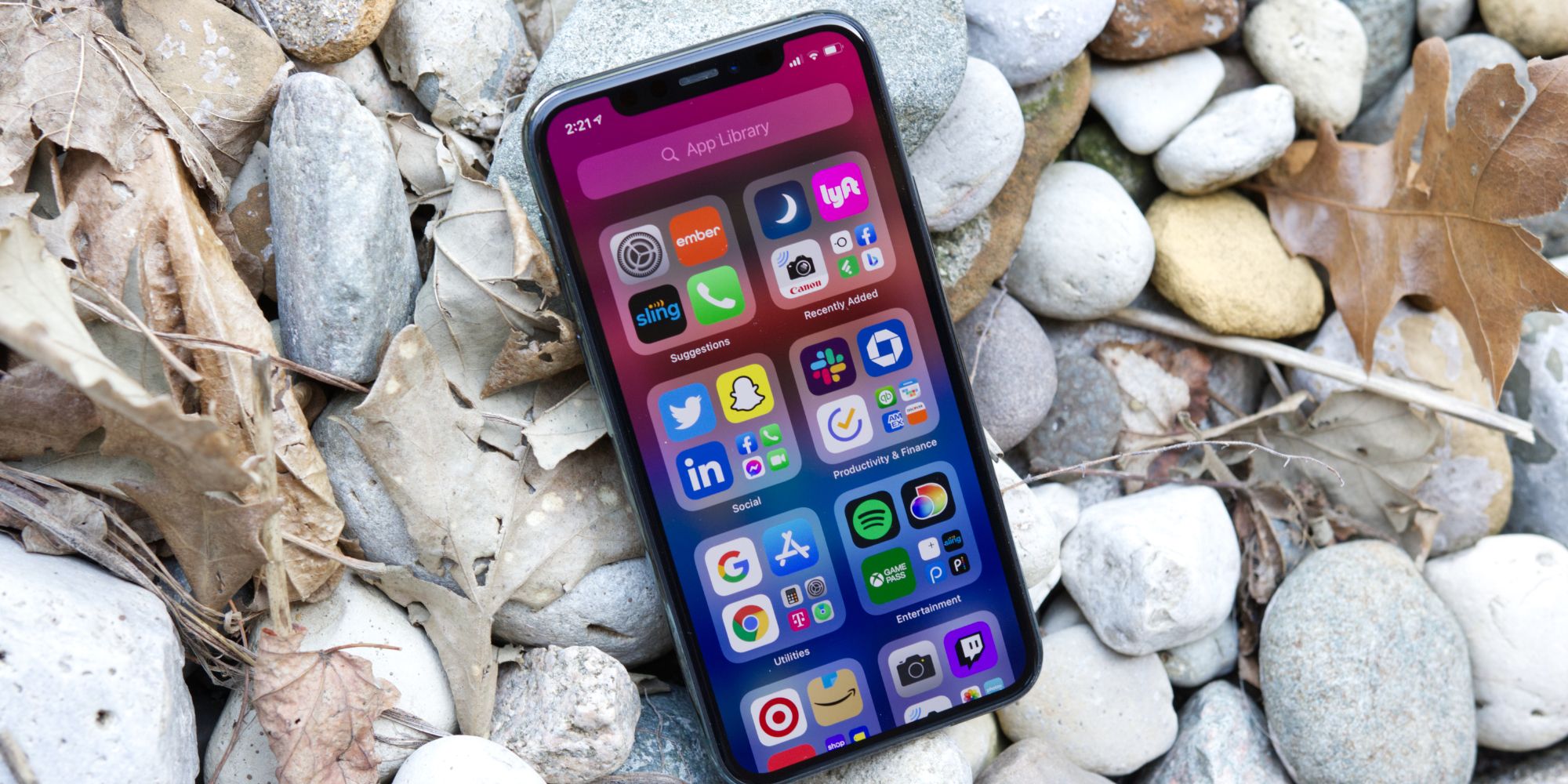
The App Library was another big addition to iOS 14, giving iPhone users a more organized way to view all of their installed applications. Rather than having to manually put everything in folders or clutter up endless home screens with applications, the App Library automatically groups everything into pre-determined categories. There’s also a search bar for finding a specific app, along with a vertically-scrolling list that shows every single application in alphabetical order. In other words, it’s a massive improvement over all previous iOS versions.
But that’s not to say the App Library can’t be improved. While the grouping of applications in set categories is a good idea, it’s a bit lacking with the current implementation. For starters, there’s no way to rearrange the order in which the folders are presented. If someone rarely uses Social or Productivity & Finance apps, it doesn’t do them much good to have these folders at the very top of the App Library. Just allowing users to reorganize the position of these folders would make the App Library feel a lot more practical.
Going a step further, Apple should give users the option of using these smart folders or just having all of their apps presented in a multi-gride list by default (similar to how Android’s application list works). The folder grouping does have its advantages, but so does a more traditional app list.
Improvements To Siri
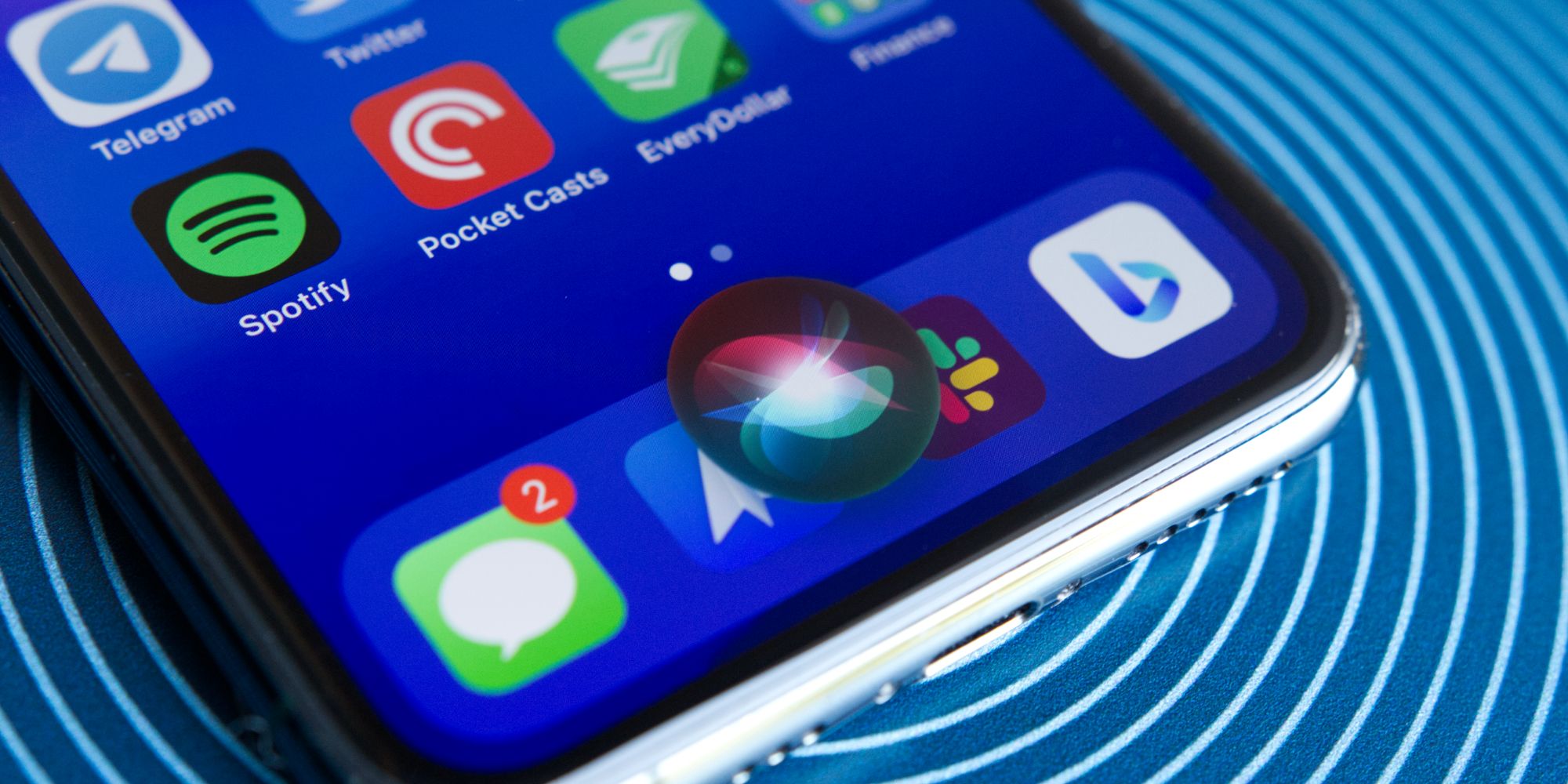
Apple tends to offer some Siri upgrades with every iOS version that’s released, but year after year, the virtual assistant still feels like it’s a couple of steps behind Amazon Alexa and Google Assistant. From being too reliant on generic web searches, misunderstanding a question that was asked, or just flat-out giving the wrong answer to something, Siri has plenty of room for further improvement.
It’s hard to imagine Apple righting all of Siri’s wrongs with a single iOS update, but no progress gets made if Apple doesn’t try. Siri has gotten smarter, faster, and more natural-sounding over the years, and in 2021, Apple needs to keep working on all of this.
Default App Feature For More Applications
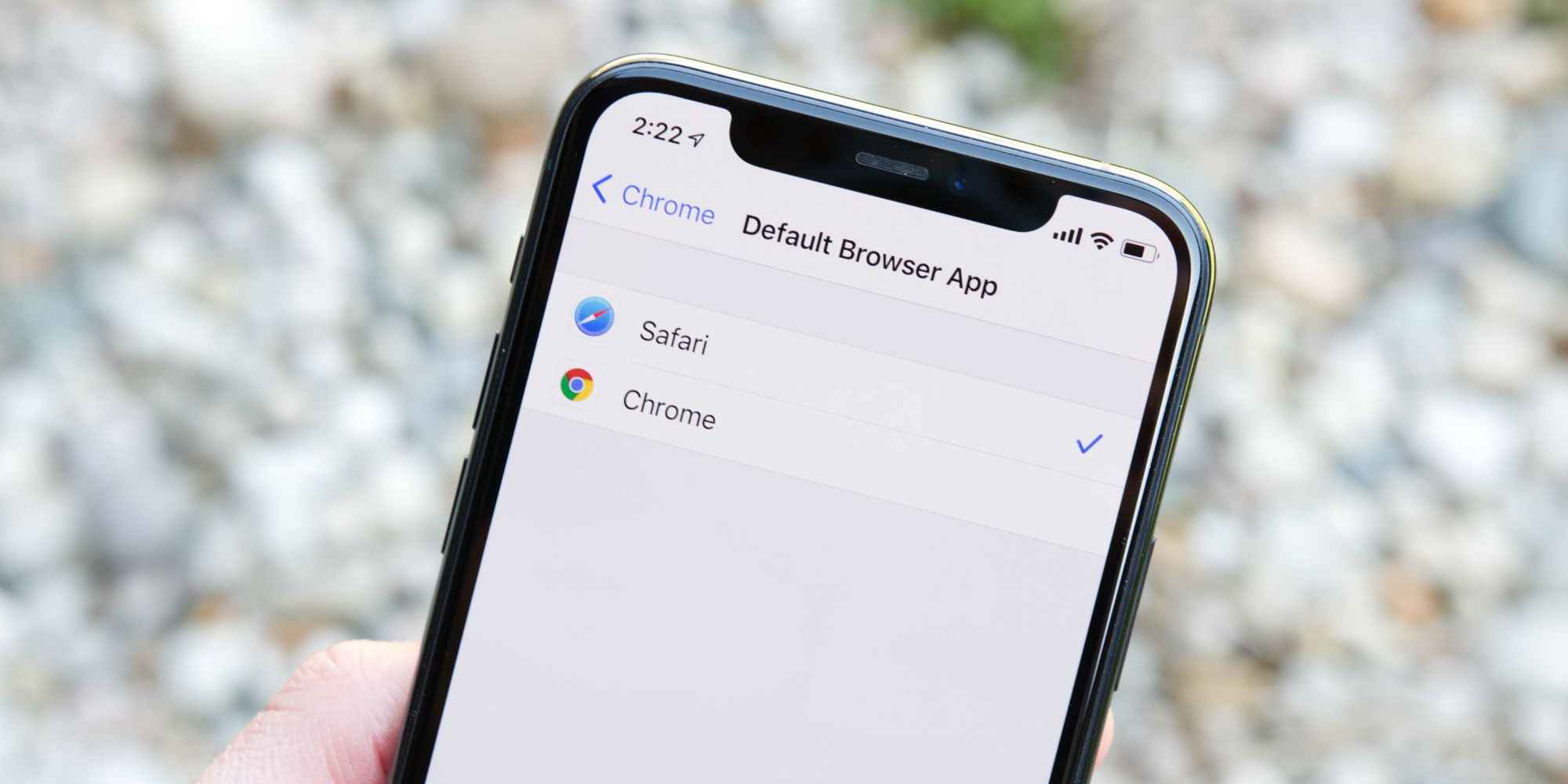
iOS 14 gave users the ability to replace some first-party Apple applications with third-party ones. For example, when tapping a website link, users can choose to have it open in Chrome, Microsoft Edge, or another web browser instead of Safari. This choice for default apps currently exists for web browsers and email apps, and iOS 15 could (and should) expand on this.
Apple Maps has gotten a lot better since its debut, but it would be fantastic if tapping an address link would automatically open Google Maps or Waze instead. The Apple Calendars app is also fairly limited compared to some third-party ones, so having the option to make Google Calendar, Readdle’s Calendars app, or anything else the default application would be amazing.
There’s also room for Apple to improve how third-party defaults work. On iOS 14, shutting off an iPhone resets any of these default app selections and reverts them back to the Apple ones. With iOS 15, these selections should remain in place regardless if an iPhone is turned off.




